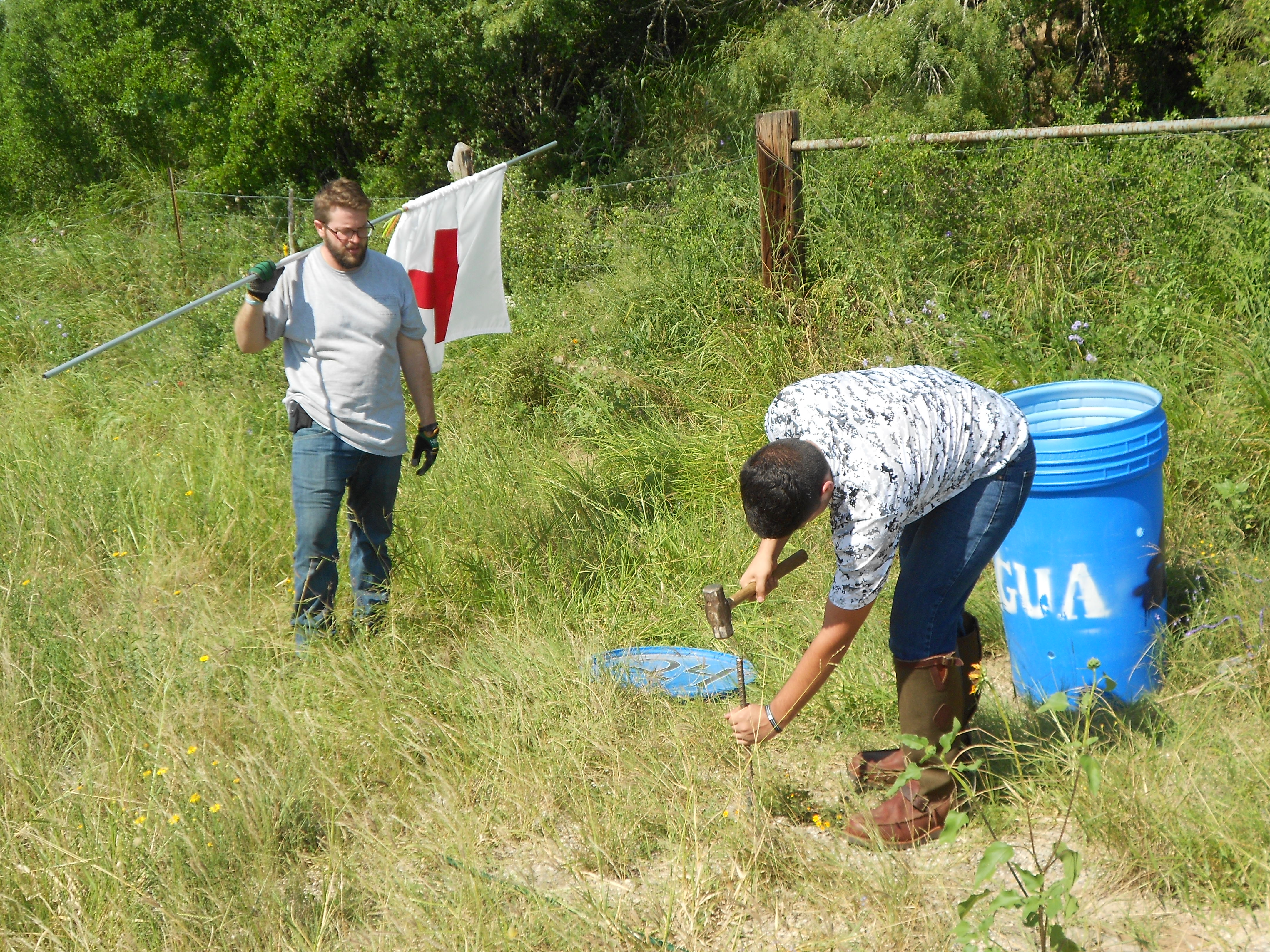As our departure date draws near, I find myself going through my usual pre-fieldwork lists of “things to do” and “things not to forget.” Human subjects protection protocol – completed. Recruitment scripts, interview guides, and informed consent documents- printed. Digital recorder – packed. Business cards – packed. Spare batteries, flash-drives, methods reference books, laptop computer – packed, packed, packed, and packed. As with any research trip, the right equipment and preparation is essential to project success. But, as a cultural anthropologist on this trip, my preparation is a bit different than that of my forensic science colleagues. Simply put, I’ve joined the team in order to study the process of migrant identification and repatriation. Thus while my colleagues prepare to do the work of identification, I’m preparing to do the work of immersion research.
Over this 10 day trip, I’ll be a participant observer with the Beyond Borders team. This means that I must prepare to physically assist the team (as is appropriate for a non-expert) while studying what the team does and why. I’m the proverbial “outsider” who hopes to become an “insider” by learning to see and understand this crisis from the vantage point of my fellow team members. The learning curve, as you might imagine, in this context, will be steep.
I’m typically nervous at the beginning of a new project and find myself wondering, “Have I spent enough time doing my background research?” “Will my interview guides elicit meaningful data?” How will the community feel about and react to my presence?” Because it is based on immersion in a social setting, ethnographic research is always uncertain terrain. I’ve had many wonderful fieldwork experiences with HIV-positive communities. I have been generally lucky that so many care providers and women living with HIV/AIDS have been welcoming, patient hosts. I’ve also, however, had many de-stabilizing experiences where my outsider status has been problematic to the extent that I’ve denied entry, asked to leave a setting, or, once, chased out by a well-meaning son protective of his mother’s HIV-positive status. What these instances have taught me is that ethnographic research is always an uncertain terrain. And, because of that, part of my preparation for research includes a process that I call “purposeful disorientation.”
“Purposeful disorientation,” highlights the mental process of preparing for the sense of social alienation that cultural anthropological fieldwork entails. It may also highlight the emotional work of preparing oneself to conduct research in a setting characterized by conflict, violence, and/or trauma. As the trip draws near, I’m mindful of how much I don’t know about forensic science and locally-specific conditions of this crisis. I am mindful that my role as a participant observer is completely contingent on the good will of others. I am mindful that the course this research project is therefore uncertain and, in many ways, not up to me. I am also mindful that the work of “Beyond Borders” may be understood in some ways as a confrontation with violence. This effort bears witness to mass death on the border and brings to the forefront of our concerns questions about why this situation of mass death happens and what these deaths can, should, or do mean. At the same time, this fieldwork setting is also, at least partially, defined by humanitarian response and a refusal to accept invisibility and silence as appropriate responses to border death. As a cultural anthropologist, my job is to dwell on the complexity and uncertainty of all that this work entails, carefully unraveling why the pathways of action and response look the way they do and what this might mean for those involved. This is the “stuff” of cultural anthropology, the information and experience gained from the precarious position of an outsider-insider. It’s a strange and disorienting place to be, but I’m thrilled to be here.
